In a momentous occasion, Azorra, Scoot, and Embraer came together to mark the delivery of the first of nine new Embraer E190-E2 aircraft to Scoot, the low-cost subsidiary of Singapore Airlines (SIA). The special handover ceremony, held at Embraer’s facility in Brazil, was attended by senior executives from all three entities, signifying a significant leap forward in the aviation industry.
A New Era of Exploration: The E190-E2 Arrives
Named ‘Explorer 3.0’ in homage to its role as the third and newest addition to the Scoot family, the delivery of the E190-E2 marks a historic moment for Singapore's aviation landscape. It not only represents Scoot's commitment to modernization but also signifies the first time a Singapore carrier has embraced an aircraft from the renowned Brazilian manufacturer, Embraer.
A Testament to Growth Strategy
Leslie Thng, Chief Executive Officer of Scoot, expressed his gratitude, stating, “We are honored to be the first Singapore carrier to take delivery of this modern and fuel-efficient aircraft. The E190-E2 jets are crucial to our overall network growth strategy." Thng emphasized the importance of this milestone in enhancing connectivity and providing exceptional value to customers.
Empowering Expansion with Efficiency
John Evans, CEO and founder of Azorra, highlighted the significance of this collaboration in facilitating optimized expansion for Scoot. He emphasized the E190-E2's efficiency and versatility, which are instrumental in developing new markets and expanding network reach in the Asia-Pacific region. This partnership underscores Azorra's commitment to supporting airlines worldwide in their growth endeavors.
Embraer's Advanced Technology for Regional Connectivity
Arjan Meijer, President and CEO of Embraer Commercial Aviation, lauded Scoot's decision to integrate the E190-E2 into its fleet, citing its suitability for the airline's ambitions. He emphasized the aircraft's exceptional short-runway performance, ideal for enhancing regional connectivity. Meijer also expressed excitement about continuing Embraer's long-standing relationship with Azorra and supporting Scoot's passengers with the most fuel-efficient aircraft in the narrow-body space.
Setting Course for New Horizons: E2 Services to Commence
With the arrival of Explorer 3.0, Scoot is poised to embark on a new chapter in its journey. E2 services are scheduled to commence in May 2024, with the inaugural flight destined for Krabi, Thailand. This marks a significant step forward for Scoot as it leverages the capabilities of the E190-E2 to offer enhanced travel experiences to its passengers.
Conclusion
The delivery of the Embraer E190-E2 to Scoot signifies more than just the addition of a new aircraft to its fleet. It symbolizes a strategic partnership between Azorra, Scoot, and Embraer, aimed at driving innovation, efficiency, and connectivity in the aviation industry. As Scoot prepares to introduce E2 services, it stands poised to redefine regional travel experiences, setting the stage for a future characterized by exploration, growth, and excellence.
With Inputs from Embraer
Read next
Embraer, the renowned Brazilian aerospace company, and Correios, Brazil’s state-controlled postal service, have embarked on a groundbreaking partnership aimed at revolutionizing air cargo transport. The signing of a Memorandum of Understanding (MoU) between the two entities marks a significant step towards optimizing and expanding both domestic and international air networks for large cargo and goods.
Strategic Collaboration for Enhanced Efficiency
The strategic alliance between Embraer and Correios is poised to enhance the efficiency of Correios’ air transport operations while simultaneously reducing operational costs. By leveraging Embraer’s expertise and innovative aircraft platforms, such as the E-190F, E-195F, and C-390 Millennium, the partnership seeks to address existing challenges and explore new business models within the realm of air cargo transport.
A Vision for the Future of Logistics
Fabiano Silva dos Santos, President of Correios, emphasized the partnership's significance in modernizing the state-owned company's air network as part of its broader initiative, Correios do Futuro (Correios of the Future). He expressed optimism about the collaboration’s potential to enhance Correios’ service offerings and ultimately benefit the Brazilian population, aligning with the company’s mission as a public service provider.
Embraer’s Commitment to Innovation
Bosco da Costa Junior, President and CEO of Embraer Defense & Security, expressed enthusiasm about collaborating with Correios to develop a more efficient logistics network for transporting goods both domestically and internationally. With Embraer’s established aircraft portfolio and Correios’ extensive logistical reach, the partnership aims to deliver reliable and efficient solutions to customers.
Towards a New Era in Air Cargo Transport
Embraer’s progress in converting its E-Jet aircraft into freighters marks a significant milestone in the partnership. With successful completion of the first flight test, Embraer is on track to fulfill its contracts for converting up to 20 E-Jets into freighters, signaling a promising future for air cargo transport in Brazil and beyond.
Conclusion
As Brazil’s postal services take to the skies in collaboration with Embraer, the stage is set for a new era in air cargo transport. The partnership between these two industry leaders promises to drive innovation, enhance efficiency, and ultimately reshape the landscape of logistics in Brazil, delivering tangible benefits to businesses and consumers alike.
With Inputs from Embraer
Read next
Unraveling the Mystery Behind Soaring Jet Fuel Prices: The Crack Spread Conundrum
Abhishek Nayar
16 Apr 2024
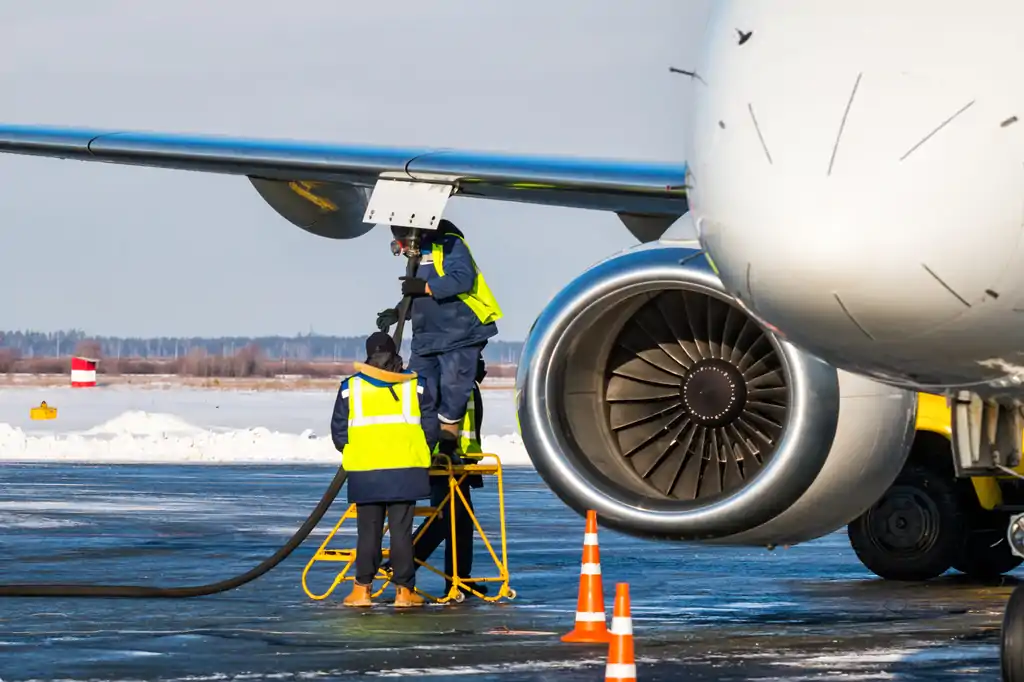
In the dynamic world of aviation, where profit margins are notoriously thin, every fluctuation in operational costs sends ripples through the industry. One of the most significant and least controllable expenses for airlines is jet fuel, and recent years have witnessed a perplexing surge in its price, notably driven by an enigmatic phenomenon known as the crack spread. Delving deeper into this issue unveils a complex interplay of factors reshaping the landscape of aviation fuel costs.
Understanding the Crack Spread
Traditionally, airlines have relied on trends in crude oil prices to forecast changes in jet fuel costs. The crack spread, representing the price difference between crude oil and refined jet fuel, has typically remained modest. However, recent years have seen a dramatic departure from this norm, with the crack spread soaring to unprecedented levels.
The War in Ukraine and Energy Markets
The outbreak of conflict in Ukraine in 2022 triggered a surge in crude oil prices, which peaked at over $140 per barrel. Surprisingly, jet fuel prices continued to climb, reaching over $180 per barrel by the summer of 2022. This divergence from historical trends marked the beginning of a period of uncertainty for airlines worldwide.
Environmental Regulations and Refining Costs
Environmental regulations play a pivotal role in shaping the economics of refining petroleum into jet fuel. With stringent regulations imposing taxes and restrictions on every stage of production, refineries face escalating costs. This, in turn, drives up the price of jet fuel, exacerbating the challenges faced by airlines already grappling with narrow profit margins.
The Rise of Sustainable Aviation Fuels (SAF)
The emergence of Sustainable Aviation Fuels (SAF) presents both opportunities and challenges for the aviation industry. Mandates for blending SAF with traditional jet fuel in Europe and elsewhere compel refineries to adjust their operating cost structures, further inflating the crack spread. While SAF holds promise for reducing the industry's carbon footprint, its integration into existing supply chains introduces additional complexities.
Conclusion
The confluence of geopolitical tensions, environmental regulations, and the transition to sustainable fuel sources has reshaped the dynamics of jet fuel pricing in recent years. For airlines navigating these turbulent waters, the challenge lies in adapting to a volatile cost landscape while maintaining operational efficiency and financial viability. As the industry continues to evolve, a nuanced understanding of the factors driving fuel costs will be essential for charting a course towards sustainability and resilience.
Read next
In the dynamic world of commercial aviation, the debate surrounding corporate consolidation is as lively as ever, especially within the European landscape. While airline mergers often tout promises of improved efficiency and expanded networks, the European Union's regulatory agencies have historically taken a cautious stance, fearing negative repercussions on competition and consumer welfare. But beyond the consumer-centric arguments lies a critical question: are mergers truly the panacea for European airlines themselves?
The Consumer Conundrum: Balancing Price and Service
The reduction in the number of competitors through mergers can indeed lead to higher ticket prices, a primary concern for consumers. Advocates of consolidation, however, argue that larger carriers can provide more extensive networks and seamless connectivity, enhancing the overall travel experience. Yet, the European market presents unique challenges, particularly with state-funded carriers facing financial instability and inconsistent service.
Case in Point: Alitalia and the Struggle for Stability
The collapse of Alitalia, once Italy's flag carrier, underscores the fragility of some European airlines. Its successor, ITA Airways, now faces acquisition interest from Lufthansa Group, igniting regulatory scrutiny. This situation reflects broader concerns about the sustainability of European carriers and the implications of consolidation on their future viability.
Structural Hurdles and Economic Realities
Oliver Wyman industry experts highlight significant structural disparities between the European and American aviation markets. Unlike the U.S., Europe lacks large-scale choke point airports, hindering route expansion and innovation. Moreover, divergent economic environments and financial incentives across European nations impede the achievement of economies of scale enjoyed by American legacy carriers.
The Myth of Americanization: Challenges to Replicating Success
While some may envision European aviation mirroring the rapid expansion and profitability of its American counterpart through consolidation, reality paints a different picture. The European market's unique complexities and fragmented nature suggest that replicating the American model may not yield the same results. Even merged entities like Air France-KLM maintain separate operations, highlighting the challenges of integration in a diverse market.
A Call for Nuanced Solutions
As the debate rages on, it becomes clear that simplistic solutions may not address the multifaceted challenges facing European aviation. While consolidation may offer benefits in certain contexts, a one-size-fits-all approach risks overlooking the intricacies of the European market. Instead, stakeholders must pursue nuanced strategies that balance competition, consumer welfare, and industry sustainability.
Conclusion: Beyond Consolidation
In the quest for a thriving European aviation industry, the path forward requires careful navigation of regulatory, economic, and operational landscapes. While corporate consolidation presents potential advantages, it is not a silver bullet. Rather, a holistic approach that addresses structural hurdles, fosters innovation, and prioritizes consumer interests is essential. Ultimately, the future of European aviation hinges not solely on consolidation, but on strategic foresight and collaborative efforts to overcome its unique challenges.
Read next
IndiGo will start direct flights between Abu Dhabi and Chandigarh, from May 15.
This new route will further strengthen IndiGo’s international connectivity, with daily non-stop flights connecting the thriving capital city of United Arab Emirates to the vibrant beauty of Chandigarh, the airline said in a statement adding, that the launch of this route will provide enhanced flight options, seamless connectivity, and ease of accessibility for businessmen and travellers commuting between India and the UAE.
Vinay Malhotra, Head of Global Sales, IndiGo, said, “We are pleased to announce direct flights between Abu Dhabi and Chandigarh. This new route will offer customers increased options to travel between the UAE & North India. With the addition of these flights, IndiGo will now operate 63 weekly flights to Abu Dhabi from 9 cities in India, promoting travel, trade, tourism and fostering the abundant socio-cultural diversity between the two countries. IndiGo remains committed to delivering on its promise of affordable, on-time, courteous, and hassle-free travel experience across an unparalleled network.”
Abu Dhabi, the capital of the UAE, is famous for its stunning islands and record-breaking theme parks, impressive architecture, cultural landmarks, and stunning shorelines. The city’s rapid development and urbanisation, coupled with the massive oil and gas reserves, have transformed it into a large, developed metropolis. Some of the famous attractions include Sheikh Zayed Mosque, Ferrari World, the Louvre Abu Dhabi, Yas Island, Emirates Park Zoo, and Al Ain Palace Museum.
Chandigarh, which serves as the capital of two Indian states - Haryana and Punjab, is renowned for its architecture, urban design, and modernization. Created by Swiss French architect Le Corbusier, the city is charming with its many lakes and gardens, grand civic buildings, public monuments, and elegant boulevards. Some of the famous tourist attractions are the Rock Garden, Sukhna Lake, and the Capitol Complex. With its clean and green environment, Chandigarh is a popular destination for both business and leisure travellers.
Read next
Credit rating agency ICRA has stated that domestic air passenger traffic grew by 13 per cent to 15.4 crore in 2023-24, while the aviation industry's net loss is expected to be around Rs 3,000 to 4,000 crore during the same period.
The domestic air passenger traffic in FY2024 has surpassed the pre-Covid levels of 14.2 crore in FY2020 as well.
The airlines’ capacity deployment in March 2024 was higher by 2% than that of March 2023 and was higher by 9% over February 2024.
It is estimated that the domestic aviation industry operated at a passenger load factor (PLF) of 90% in March 2024, against 88% in March 2023 and 89% in February 2024.
Icra noted that the airlines' ability to raise yields proportionate to their input cost increases will be key to expand their profitability margins while supply chain challenges and engine failure issues pose near term headwinds.
The report further noted that the country's aviation industry is expected to report a significantly lower net loss of Rs 30-40 billion in FY2024 and FY2025 over Rs 170-175 billion in FY2023.
The rating agency said it has a stable outlook for the aviation industry amid continued recovery in domestic and international air passenger traffic, and relatively stable cost environment and expectations of the trend continuing in FY2025.
“Icra’s outlook on the Indian aviation industry is stable on the back of the fast-paced recovery in domestic passenger traffic in FY2023 and H1 FY2024 and expectations of the trend continuing in H2 FY2024. Moreover, the industry witnessed improved pricing power, reflected in the improved yields and thus the revenue per available seat kilometre – cost per available seat kilometre (RASK-CASK) spread of the airlines," the rating agency said, adding, “While domestic airlines have a partial natural hedge to the extent of earnings from their international operations, overall, their net payables are in foreign currency. The airlines’ efforts to ensure fare hikes, proportionate to their input cost increases, will be the key to expand their profitability margins."

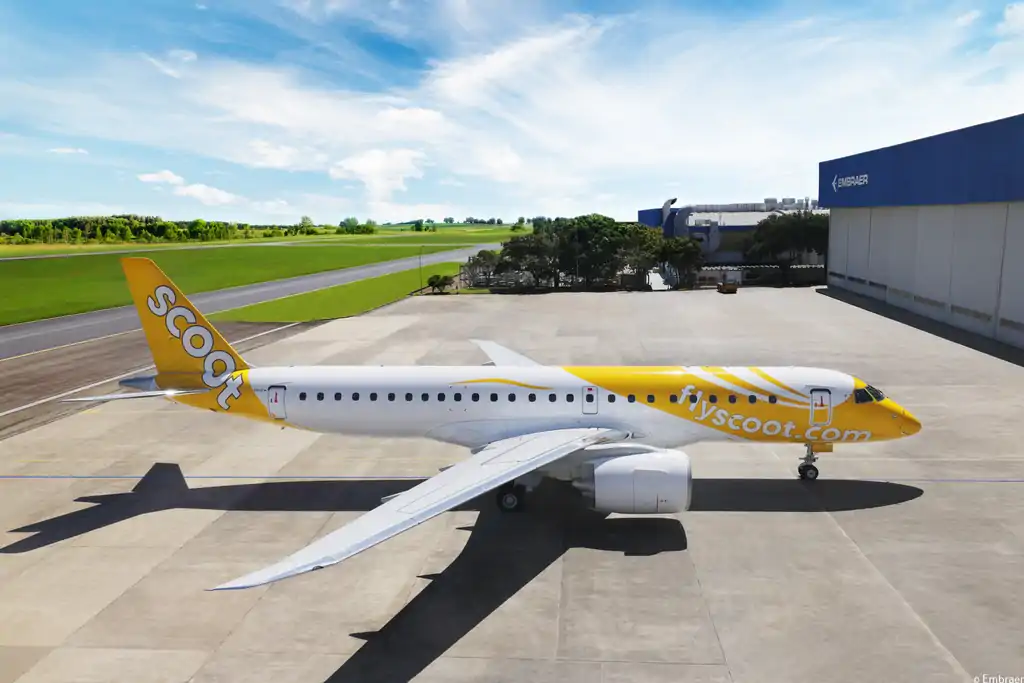
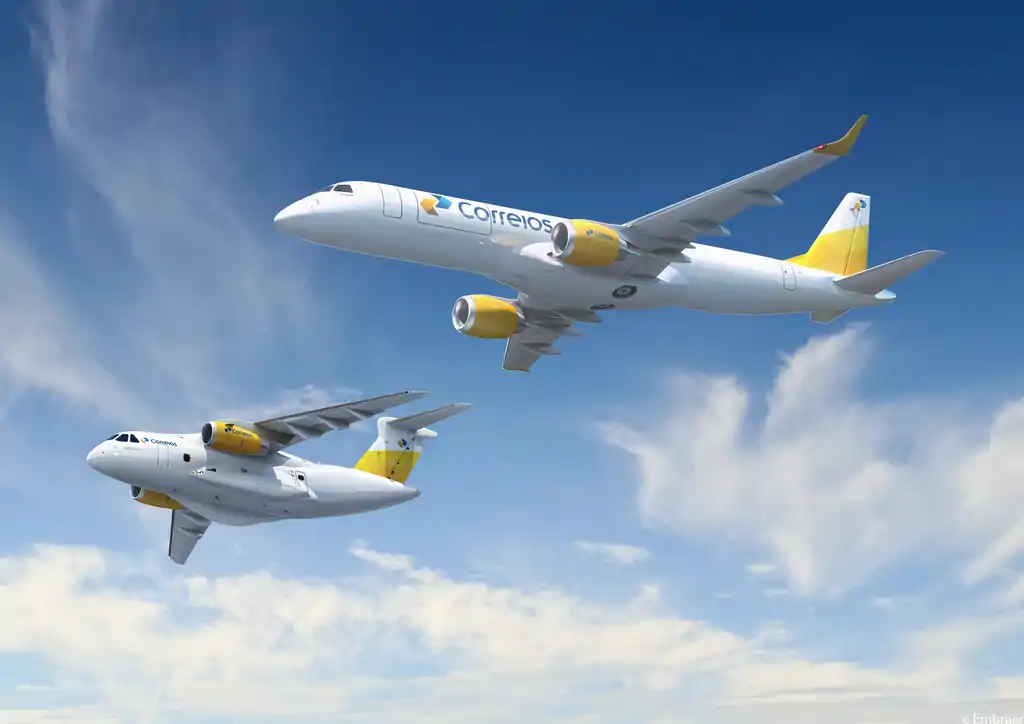
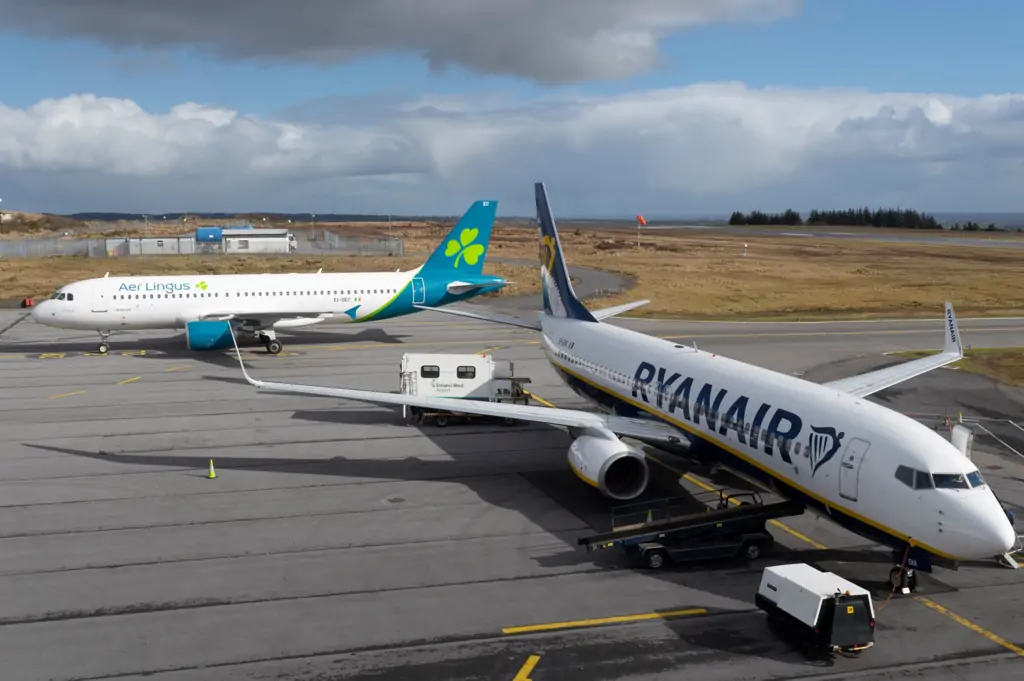

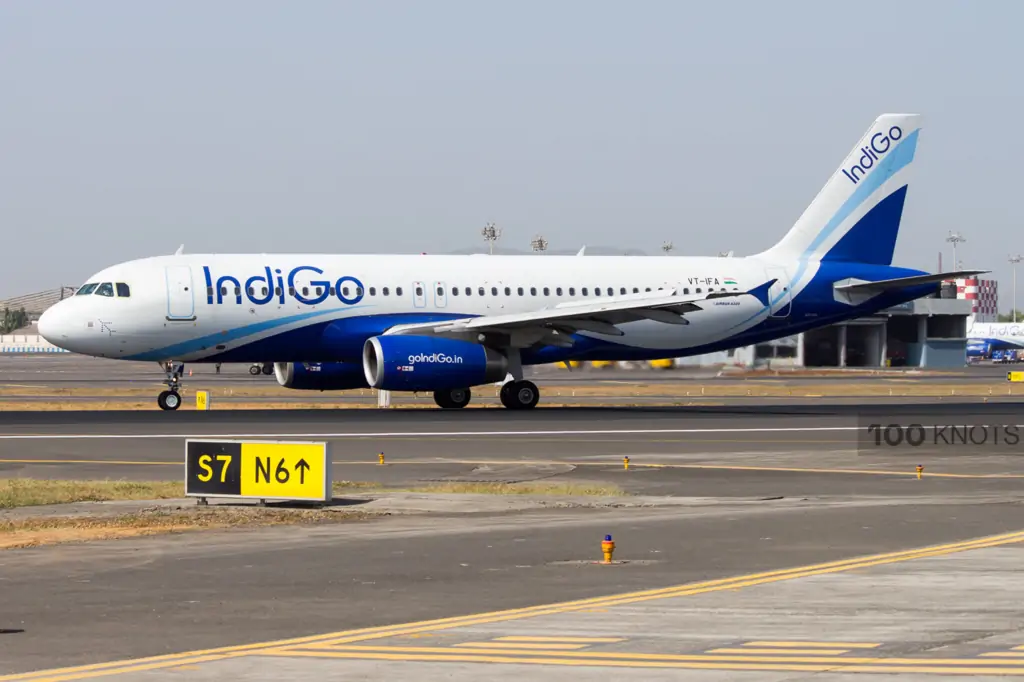

Comment